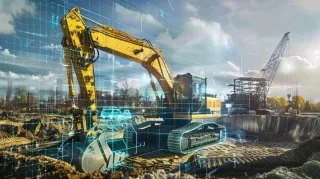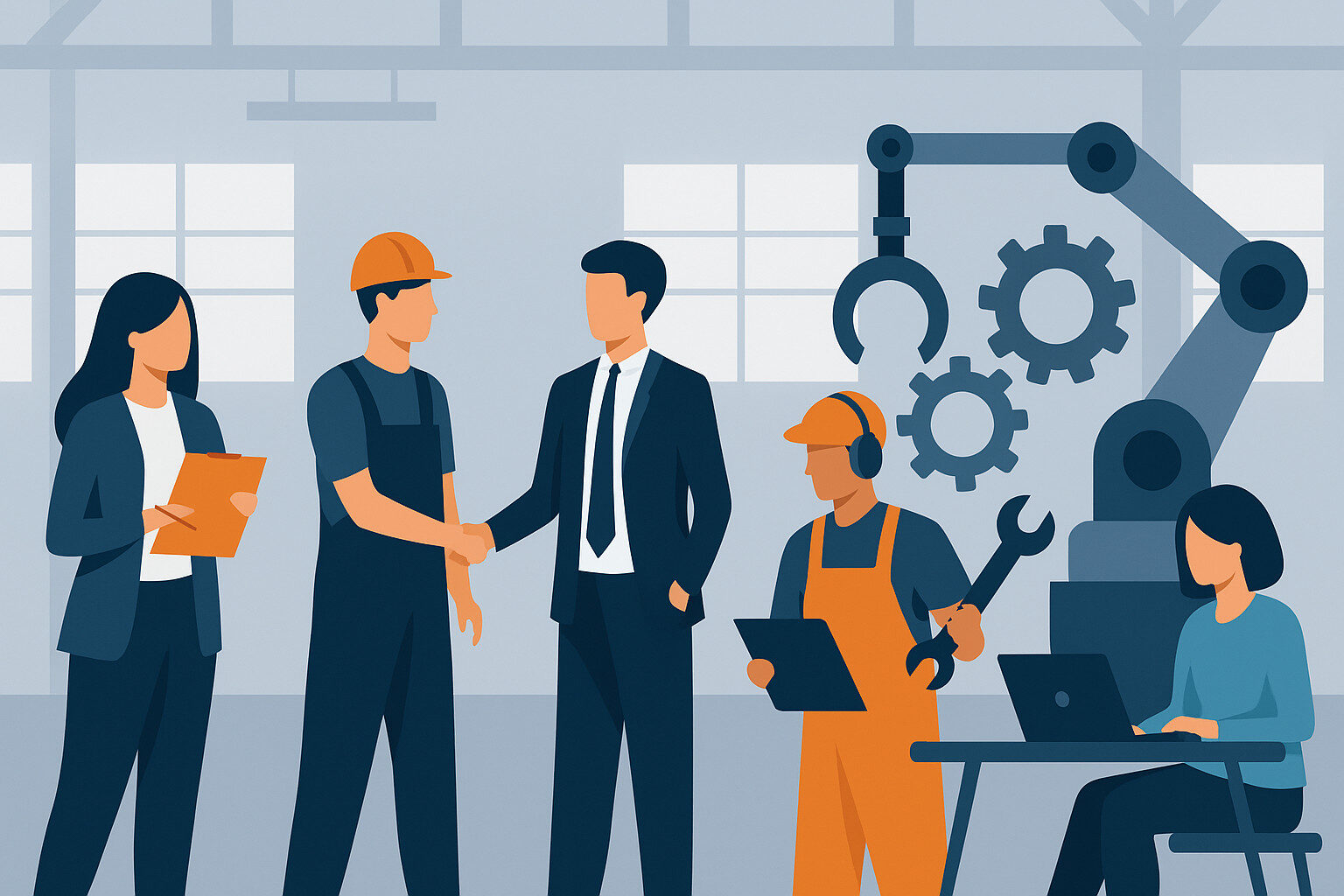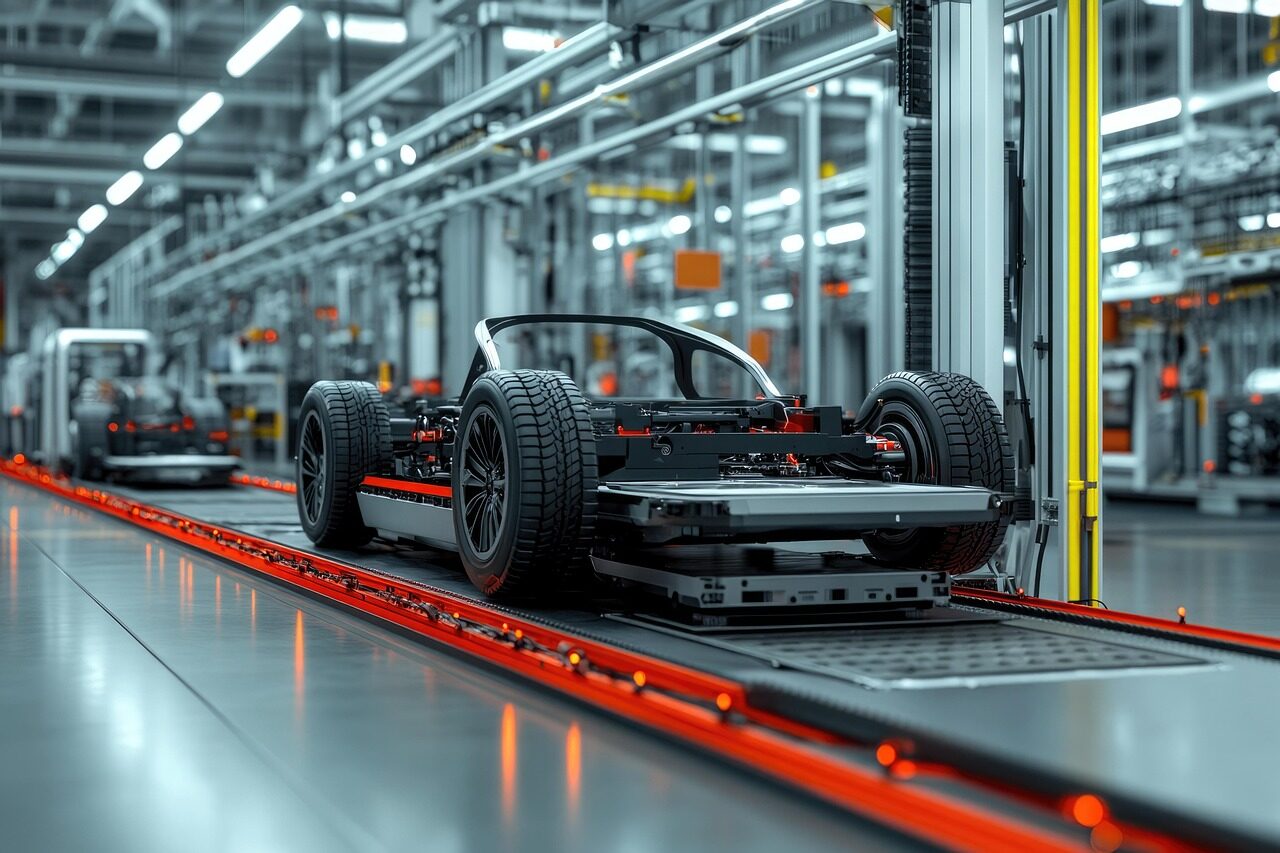Market Size and Economic Impact
If you’re operating in the construction industry, you know it’s a huge driver of global economies.
To make smart choices, you need to understand its market size, the latest trends, and how regulations impact everything.
Analyzing the Global Construction Market
Did you know the global construction market is set to practically double in the next ten years? That’s a massive leap, from $13.57 trillion to $25.47 trillion in just a decade!
That’s a 6.50% growth rate, thanks to more people moving to cities and a huge need for new infrastructure. If you’re looking to invest, just keep in mind that growth can really vary depending on the region.
With that global perspective in mind, let’s now drill down to a key market: the United States. Here are 6 Things Shaping the Construction Industry in the USA in 2025.
1. Advancements in Construction Technology
Tech is going wild in construction. Here are some key innovations making their mark:
3D Printing
Imagine entire structures rising from the ground, layer by layer, with precision and speed. 3D printing in construction is no longer a futuristic concept; it’s a reality. We’re seeing wider adoption of 3D-printed materials for everything from structural components to entire residential units. This technology dramatically reduces material waste, cuts construction timelines, and opens up new possibilities for architectural design.
Drones and Robotics
Drones are providing an aerial perspective that was previously unattainable, revolutionizing site inspections, surveying, and safety monitoring. They’re like having a constant, real-time view of the entire project. Meanwhile, on the ground, robotics are taking on the heavy lifting—literally. Automated bricklaying, demolition, and even material handling are becoming increasingly common, boosting efficiency and alleviating labor shortages.
Building Information Modeling (BIM)
BIM software is transforming project planning and execution. It’s more than just a 3D model; it’s a complete digital representation of the entire building lifecycle.
BIM fosters collaboration among architects, engineers, and contractors, leading to better project visualization, accurate cost estimations, and significantly fewer design errors. This translates to smoother workflows and reduced rework.
AI and Machine Learning
AI and machine learning are bringing predictive power to construction. By analyzing vast datasets, AI algorithms can anticipate potential project risks, optimize schedules, and provide data-driven insights for informed decision-making.
Imagine being able to foresee potential delays or cost overruns before they even happen—that’s the power of AI in construction.
2. The Rise of Sustainable Construction Practices
Sustainability isn’t just a buzzword anymore; it’s the new normal in construction. In 2025, we’re seeing a fundamental shift towards eco-conscious building practices, driven by a confluence of factors:
1. Green Building Materials
The days of relying solely on traditional, resource-intensive materials are fading. There’s a booming market for eco-friendly alternatives.
Recycled steel, bamboo, and low-carbon concrete are becoming mainstream, reflecting a growing awareness of the environmental impact of construction. This shift not only reduces our carbon footprint but also promotes a circular economy.
2. Net-Zero Energy Buildings
Imagine buildings that generate as much energy as they use. That’s the vision behind net-zero energy buildings. Developers are integrating solar panels, smart energy management systems, and advanced insulation to create structures that minimize their environmental impact.
3. Regulatory Pressure
Governments at both federal and state levels are taking environmental concerns seriously. Stricter regulations are being implemented, requiring construction firms to adopt sustainable building methods. This regulatory pressure is a key driver in accelerating the transition to a greener construction industry.
4. Consumer Demand
Homeowners and businesses are increasingly demanding sustainable buildings. They’re prioritizing green certifications like LEED, recognizing the long-term benefits of eco-friendly construction. This consumer-driven demand is reshaping the market, pushing developers to adopt more sustainable practices.
3. Modular and Prefabricated Construction Growth
Modular and prefabricated construction is rapidly expanding, driven by its efficiency and cost savings. Off-site manufacturing speeds up project completion, lowers costs through reduced waste and labor, and enhances quality control via standardized processes.
This approach also boasts sustainability benefits through lower emissions and material waste. From homes to commercial builds, modular construction is transforming the industry.
4. Smart Cities and Infrastructure Investments
The relentless march of urbanization is compelling cities worldwide to evolve, with the WEF stating that half of the world’s population lives in cities today and that figure is expected to increase to 68% by 2050.
This means major infrastructure investments in 2025, changing the very nature of our cities. Here’s what’s happening:
-
Big Budgets: Governments are heavily investing in road and transit improvements.
-
Smart Upgrades: Cities are implementing IoT tech—think intelligent traffic flow and widespread sensor networks.
-
Eco-Friendly Builds: Green spaces, energy-efficient structures, and smart water management are becoming standard.
-
5G Connectivity: This is the essential network for all smart city functions
5. The Impact of Supply Chain Challenges
The construction industry in 2025 is still navigating the turbulent waters of supply chain disruptions, a situation compounded by ongoing global economic shifts and heightened geopolitical tensions. Here’s a deeper look:
Material Shortages
The availability of essential construction materials, such as lumber, steel, and concrete, remains highly volatile. This isn’t just a matter of delays; it’s about unpredictable fluctuations that can halt projects mid-stream.
For example, unexpected trade tariffs can lead to sudden steel shortages, or weather events can disrupt lumber production, creating a domino effect of delays and cost overruns.
Rising Costs
Inflation, coupled with persistent transportation bottlenecks, is relentlessly driving up the cost of raw materials and construction components. This is not just a marginal increase; it’s a significant financial burden that can erode project budgets. The increased cost of fuel has had a huge impact on transport costs.
Local Sourcing
In response to these uncertainties, a growing number of construction companies are adopting a strategy of local sourcing. By prioritizing domestically produced materials and establishing alternative supply networks, they’re aiming to reduce their reliance on volatile global markets. This shift towards regionalization is not just about convenience; it’s about building resilience and minimizing exposure to external disruptions.
6. Evolving Safety Regulations and Standards
In 2025, construction safety remains the most important aspect, as seen by the implementation of wearable safety technology like smart helmets and exoskeletons to monitor worker movements, alongside stricter OSHA guidelines addressing evolving job site hazards.
For example, increased regulation around silica dust exposure is leading to better dust suppression systems. OSHA is also emphasizing the importance of comprehensive safety training, ensuring that workers are equipped with the knowledge and skills to identify and mitigate risks.
FAQs
What are the emerging trends in the construction industry as of 2025?
As of 2025, the construction industry is witnessing several key trends. Sustainable building practices are on the rise, with a focus on eco-friendly materials and energy efficiency. Additionally, modular construction is gaining popularity, allowing for faster project completion and reduced waste.
How large is the global construction market expected to be by 2035, and what are the primary drivers of this growth?
The global construction market is projected to reach $25.47 trillion by 2035. This is down to the increase of urbanization and the rising demand for new infrastructure.
What are some of the key technological innovations impacting the construction industry in 2025?
Key innovations include 3D printing for structural components, drones and robotics for site management and automation, Building Information Modeling (BIM) for project planning, and AI/machine learning for predictive analytics.
How is modular and prefabricated construction changing the industry, and what are its key advantages?
By making building parts in a factory and then assembling them on-site, modular construction simplifies the whole process. This leads to quicker projects, lower costs, better quality, and less environmental waste.
What are some of the major infrastructure investments being made in smart cities in 2025?
Cities are getting upgraded through government-backed road and transit projects, smart tech for traffic and lighting, more green spaces and energy-efficient buildings, and better 5G coverage to make everything work together.
What are the main challenges facing the construction industry’s supply chain in 2025, and how are companies addressing them?
Material shortages and rising prices, fueled by inflation and global issues, are causing headaches. To deal with this, companies are sourcing materials locally to manage their stock.
How are safety regulations and standards evolving in the construction industry in 2025?
Safety standards are getting a serious upgrade, with things like smart helmets and robot suits, tougher OSHA rules, more attention to mental health, and using AI to help spot dangers.




